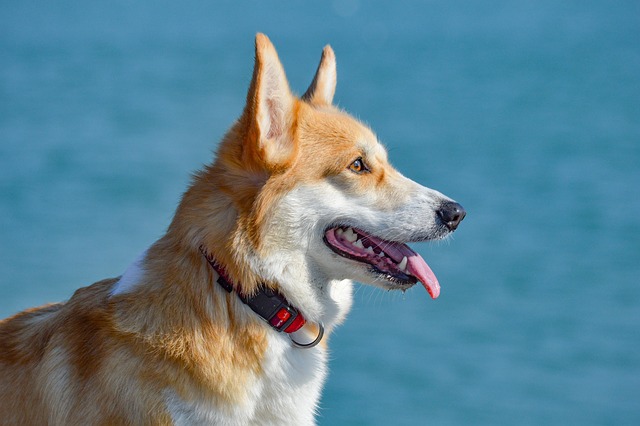
What's wrong with dogs always licking their paws
Watching their furry child constantly licking their paws, with that focused and persistent look, is both heartbreaking and confusing.
When one day you suddenly notice the once-snow-white fur of the puppy in your arms has turned yellow, a wave of worry inevitably arises as your fingertips brush against the abnormal patch. The down that once shimmered in the sun now seems covered with a thin layer of dust, and even the arc of its head shake lacks the usual agility. Where does this unexpected yellow hue come from? Is it a warning sign of health issues or a natural change during growth? With deep concern for your furry companion, we gaze at the yellowing fur, attempting to unlock the secrets beneath from both scientific and tender perspectives.
From the professional perspective of pet nutrition, changes in fur color often serve as an intuitive reflection of the body's internal state. A puppy's fur is primarily composed of keratin, and the activity of pigment cells (melanocytes) directly determines coat color. When the diet lacks tyrosine (a precursor for melanin synthesis), B vitamins (especially biotin), or trace elements (such as zinc and copper), the function of melanocytes is affected, causing the fur to lighten or turn yellow. A dog owner noticed the back fur of their Bichon Frise gradually turning yellow. After adjusting the diet to include zinc-rich beef and B vitamin supplements, the fur regained its snow-white color within three months—confirming that "fur is a mirror of nutrition," as even seemingly minor nutritional gaps can eventually leave traces on the fur.
"Pigment degradation due to oxidative stress" is a common scientific explanation for yellowing fur. A puppy's fur, long exposed to ultraviolet rays, air pollution, or poor-quality grooming products, produces free radicals. These free radicals, like tiny "pigment destroyers," attack melanin molecules in the fur, breaking their structure and gradually turning the color yellow. Just as white paper yellows after long-term sun exposure, a puppy's fur can discolor due to oxidation after frequent outdoor activities or using irritating shampoos. A dog owner living near an industrial area noticed that the tips of their puppy's white fur turned slightly yellow after each walk, a result of oxidative reactions between air pollutants and the fur. Regular use of antioxidant hair conditioners can significantly alleviate this situation.
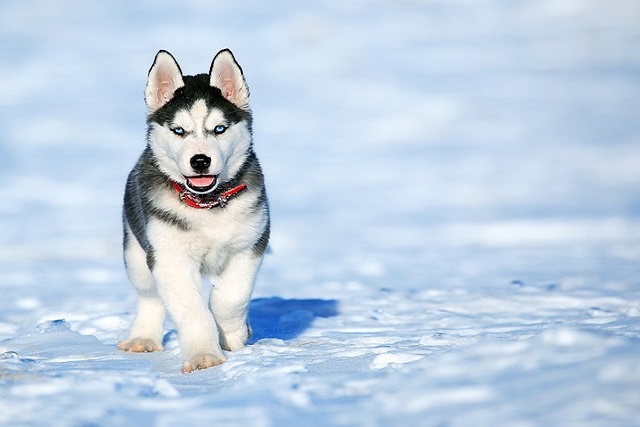
"The cumulative effect of saliva staining and daily friction" is often overlooked by owners. When a puppy grooms its fur, enzymes in the saliva chemically react with the hair keratin, and long-term licking of the same area may cause local fur to turn yellow. A Poodle owner found that their puppy frequently licked the ear fur due to ear mite itching, and after a few months, the fur around the ears became obviously yellow—this "saliva staining" is essentially the decomposition of pigments by enzymatic reactions. Additionally, physical factors such as the material of the puppy's sleeping pad or friction from the leash can also cause local fur to turn yellow. A Labrador puppy that used to lie on a dark carpet saw its abdominal fur gradually turn yellow due to long-term friction with carpet dyes, and the color slowly recovered after replacing it with a light-colored sleeping pad.
"Secondary discoloration caused by skin inflammation or infection" is a health signal that requires vigilance. When a puppy suffers from seborrheic dermatitis, fungal infection (such as Microsporum canis), or bacterial infection, abnormal oils secreted by the skin and inflammatory metabolites adhere to the fur, causing it to turn yellow with a greasy feel. A veterinarian treated a Golden Retriever puppy with yellowing fur, and a scraping examination found its hair follicles surrounded by Malassezia. After treatment, not only did the skin inflammation subside, but the fur also regained its transparency—this kind of fur discoloration due to disease is often accompanied by other symptoms such as itching and dandruff, a reminder from the body that "something is wrong here." More hidden is endocrine diseases, such as hypothyroidism, which can affect pigment synthesis, causing the fur to turn yellow and dry overall.
"Natural changes in breed genes and growth development" are innate factors that cannot be ignored. The puppies of some breeds may experience coat color changes during the molting period. For example, the black puppy fur of Labradors may gradually turn yellow at 3-6 months of age because pigment cells in the hair follicles adjust the secretion ratio of melanin during development. A breeder recorded the molting process of a Golden Retriever puppy: the originally whitish puppy fur gradually turned yellow at four months old and then slowly turned golden at six months—this "growth-type discoloration" is a natural phenomenon regulated by genes, just as human children's hair color may change as they grow. In addition, certain dog breeds carrying dilution genes (such as the dd genotype) are more prone to yellow tones due to uneven pigment distribution in their fur.
"Improper grooming methods accelerating fur yellowing" is a common human factor. Frequent use of human shampoo (with a pH value unsuitable for canine skin) can damage the protective layer on the fur surface, making pigments more prone to loss; fur that is not completely dried is prone to microbial growth in a humid environment, leading to pigment decomposition.
"Environmental factors and contact with staining substances" may cause sudden fur yellowing. When a puppy comes into contact with staining substances such as motor oil, paint, or rusty water while playing, or licks food containing pigments, it may cause the fur to turn yellow. A owner found that the beard of their Schnauzer puppy suddenly turned yellow, and after tracing, it was discovered that the puppy had stolen coffee from the kitchen counter—this "exogenous staining" usually concentrates on local areas and can be relieved by timely cleaning, but long-term exposure to harmful substances may affect fur health.
May every puppy with yellowing fur regain a healthy and shiny coat under the careful care of its owner. When the sun shines again on its running figure and the once-yellowed down refracts a warm luster, all worries will turn into a relieved smile. A puppy's fur is not only a beautiful decoration but also a bond of emotional connection with the owner. What we can do is to protect this soft beauty with knowledge and love, allowing every hair to carry the breath of health and happiness.

Watching their furry child constantly licking their paws, with that focused and persistent look, is both heartbreaking and confusing.
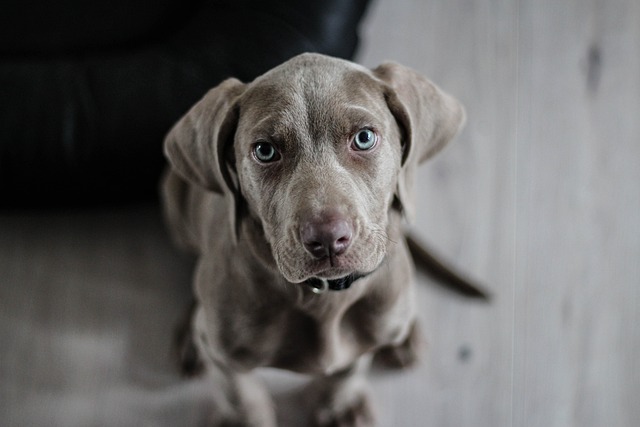
When you habitually pet your dog and suddenly notice that its once smooth coat has become rough and prickly, the change in texture will immediately alert you.
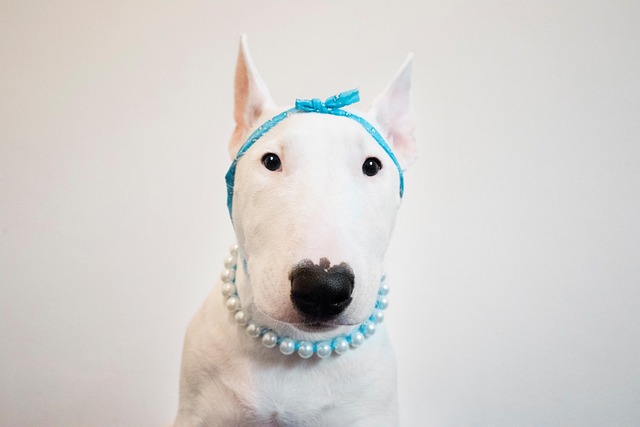
When we hold the soft and cute puppies in our hands, their furry little bodies and smart eyes instantly melt our hearts. From that moment on, we shoulder the responsibility of taking care of this little life,
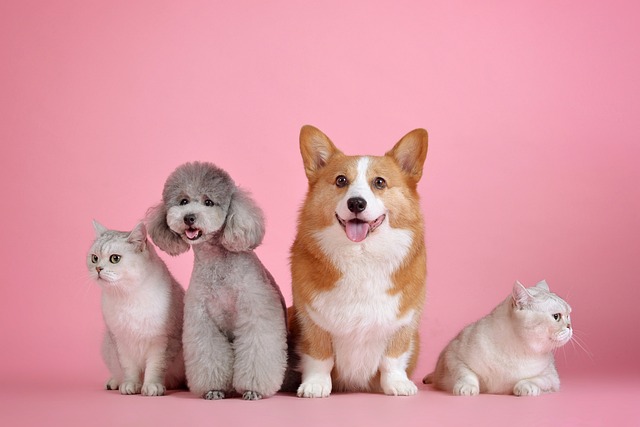
You push open the door to find shredded pillow stuffing, chewed-through cables, or claw-marked door frames scattered across the floor—and in an instant,
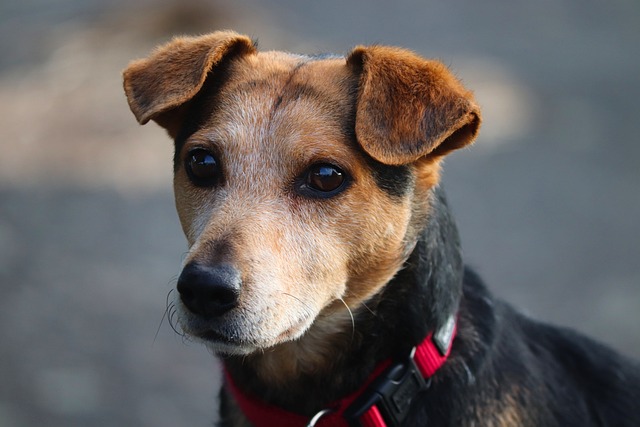
When you realize that only your absence triggers your otherwise well-behaved companion into anxious behaviors—scratching at the door, barking incessantly,
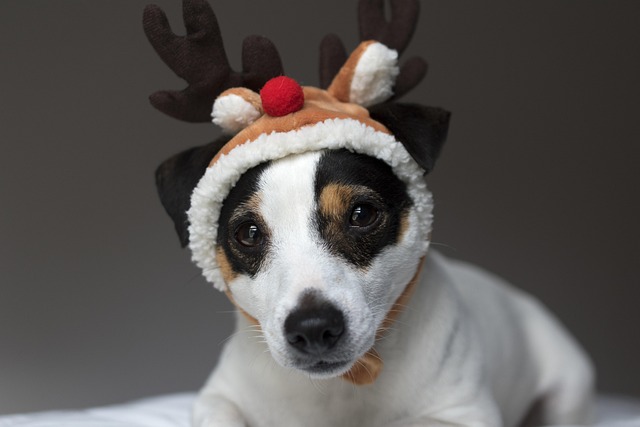
When we hold the sweet and juicy soft-seeded pomegranates and look at the round, expectant eyes of the dogs around us, we always feel entangled: Can such delicious fruit be shared with our beloved fur children?